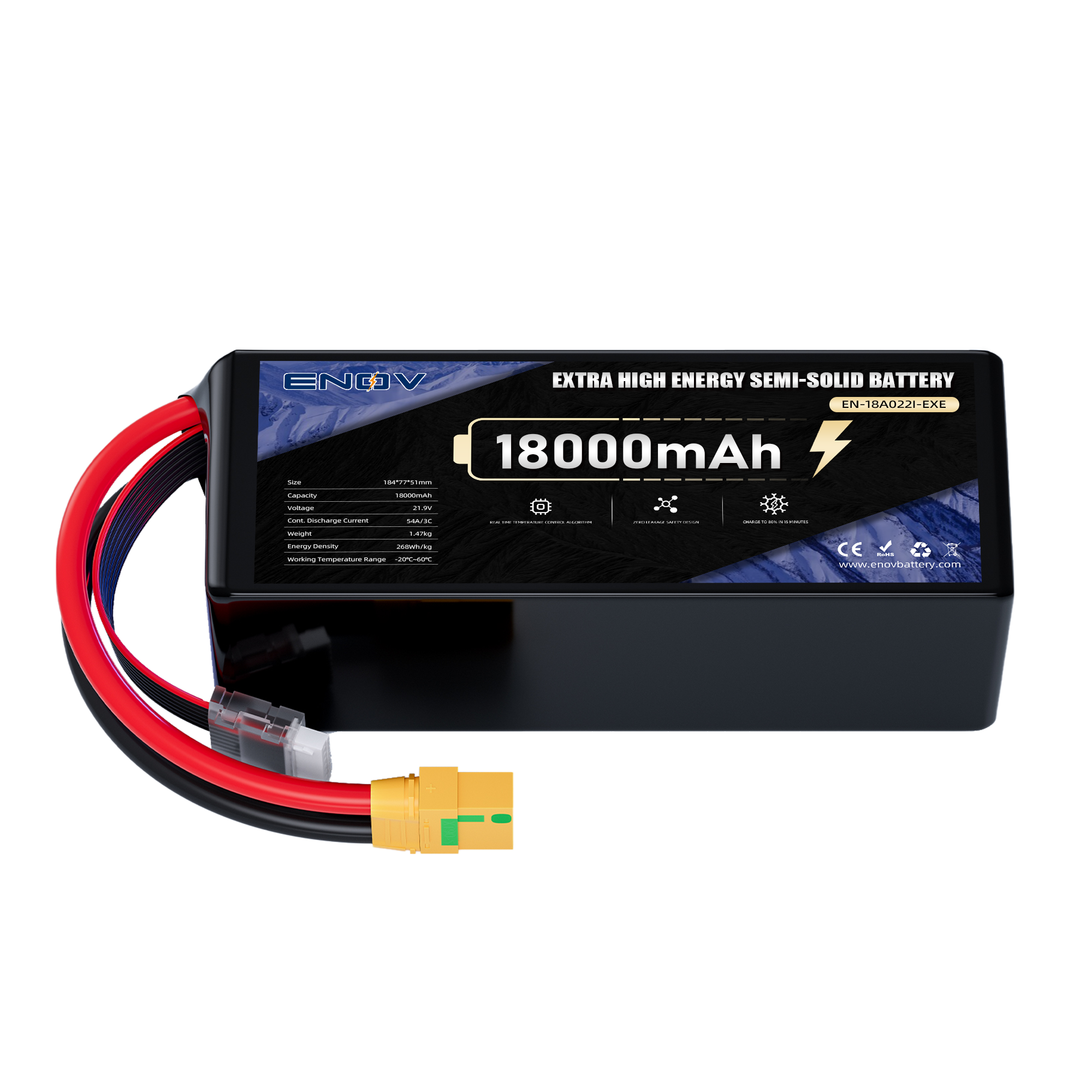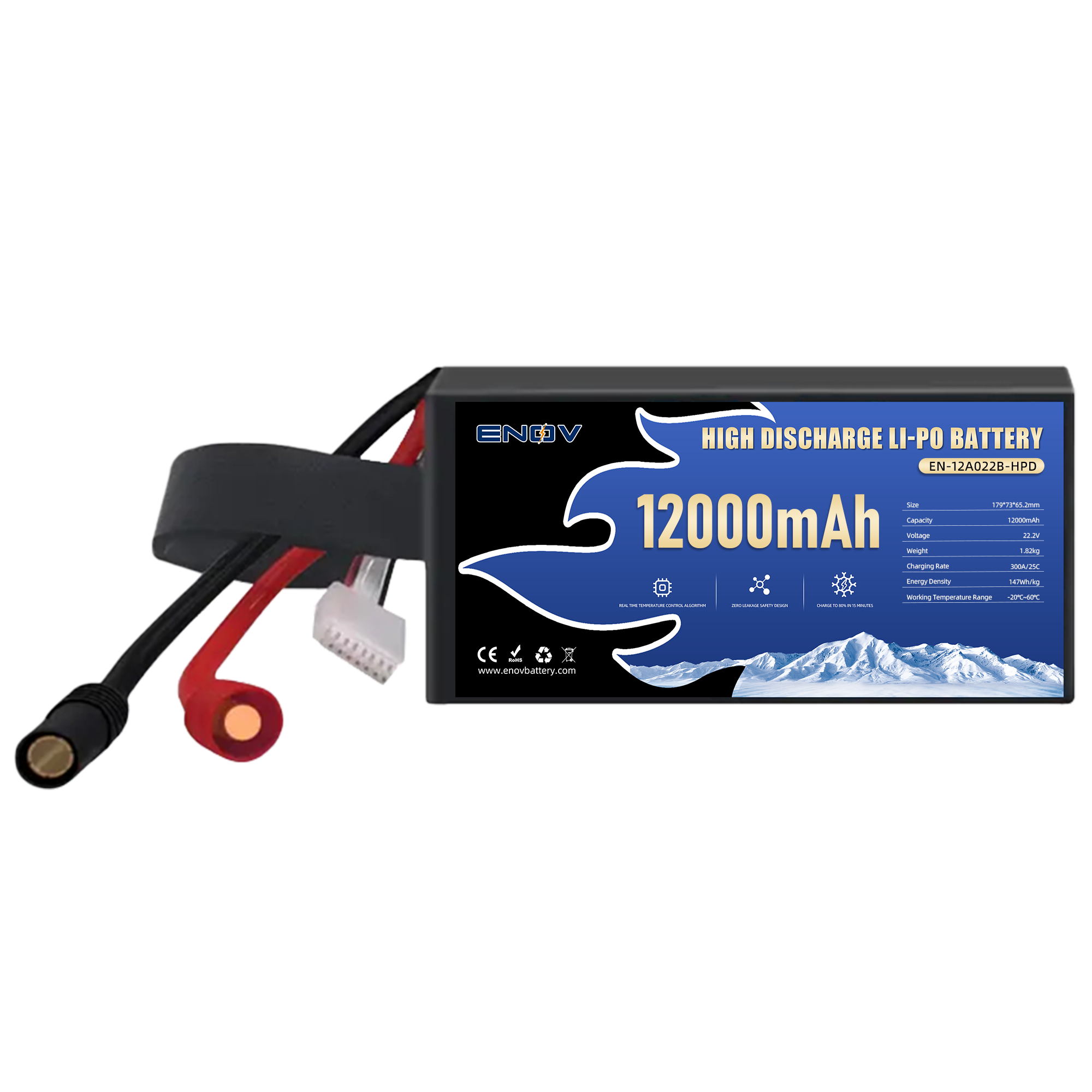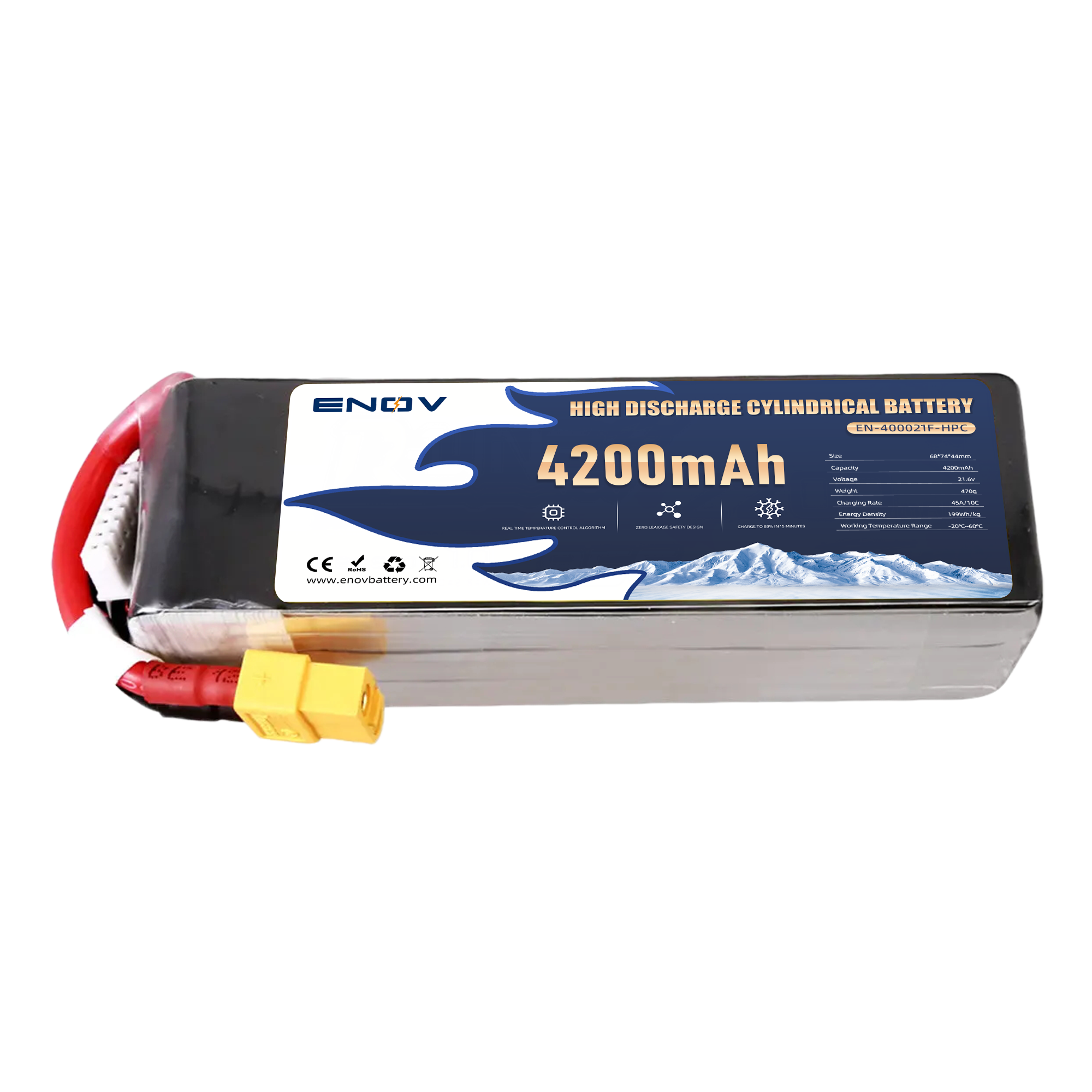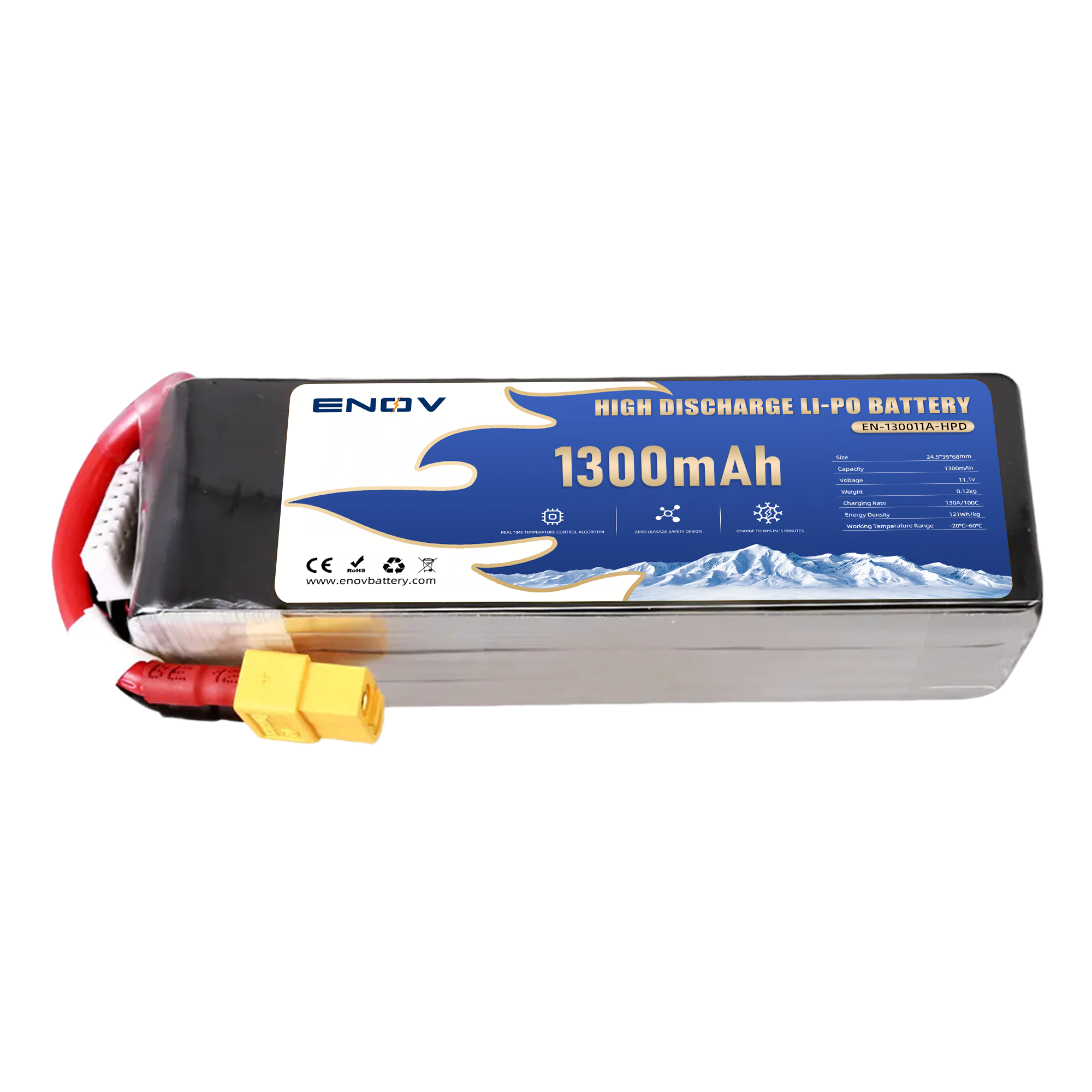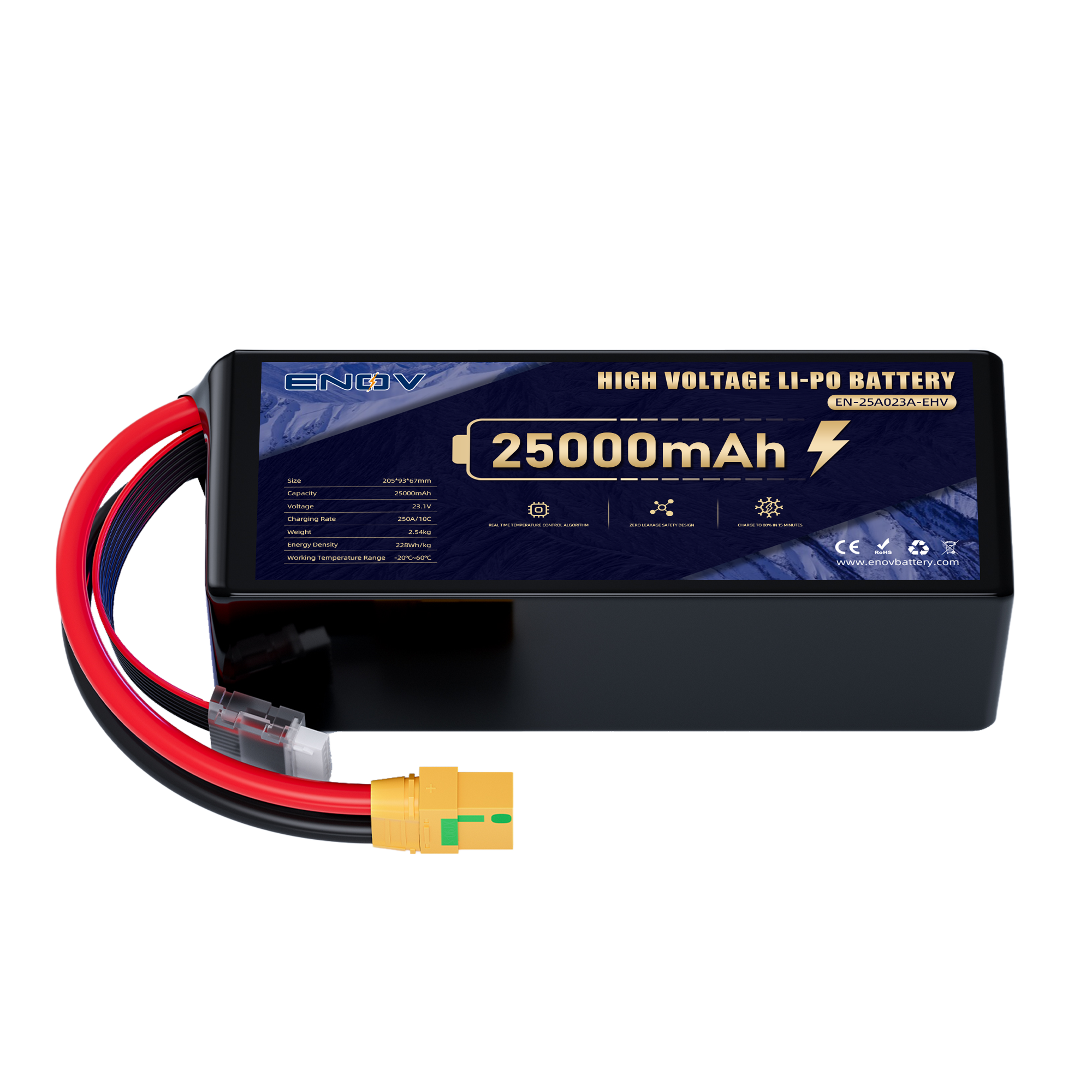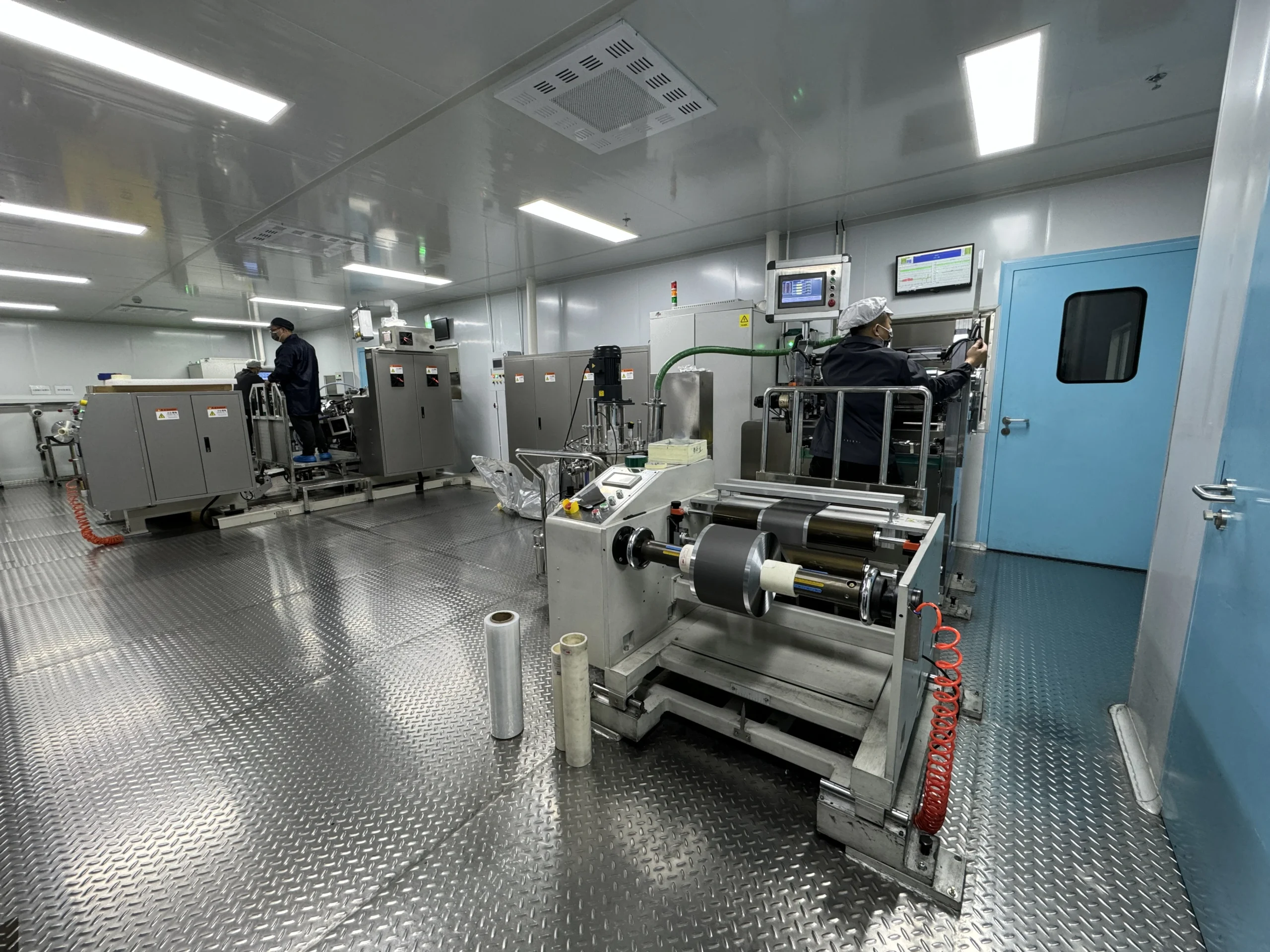Electrode Calendering Process:
Enhancing Density and Conductivity in Battery Manufacturing
Electrode Calendering Process: Enhancing Density and Conductivity in Battery Manufacturing
The electrode calendering process serves as a pivotal stage in lithium-ion battery production, directly determining energy density, cycle life, and structural integrity. By compressing electrode coatings under controlled pressure, this step eliminates air gaps, aligns active particles, and optimizes ion transport pathways. This article delves into the mechanics of calendering, its impact on electrochemical performance, and cutting-edge innovations driving efficiency in modern battery manufacturing.
thrust
Core Principles of Electrode Calendering
Calendering revolves around three critical objectives: uniform density, enhanced conductivity, and mechanical stability. During this process, coated electrodes—comprising active materials, binders, and conductive additives—are fed through precision rollers to reduce porosity and thickness. For instance, a typical lithium nickel manganese cobalt oxide (NMC) cathode achieves optimal performance at 2.3–4.0 g/cm³ density, balancing ionic conductivity and energy storage capacity .
Key parameters include:
• Roller pressure: Dictates particle compaction, with excessive force risking cracks or delamination.
• Temperature: Softens binders for uniform adhesion without thermal degradation (e.g., PVDF binders at 60–90°C).
• Roller surface design: Textured or polished rollers adapt to materials like graphite anodes or high-loading cathodes .
Modern calendering machines, such as two-roll systems, achieve ±1μm thickness tolerance, ensuring consistency across flexible substrates like copper or aluminum foils .
Balancing Porosity and Performance
While calendering increases electrode density, it requires careful pore structure management. Moderate compression (30–40% porosity) enhances wettability by aligning particles and creating interconnected channels for electrolyte infiltration. Over-calendering, however, reduces pore sizes below 1μm, hindering ion diffusion and accelerating lithium dendrite formation
. Advanced monitoring tools, such as laser-based thickness gauges and AI-driven pressure adjustments, dynamically optimize these trade-offs .
Industries prioritize tailored approaches:
• EV batteries: High-density NMC cathodes (3.8–4.0 g/cm³) maximize energy but demand multi-zone calendering to prevent binder migration.
• Energy storage systems: Thicker LFP electrodes tolerate higher porosity (35–45%) for cost-effective, long-cycle applications .
Innovations in Calendering Technology
Emerging solutions address traditional limitations while scaling production:
1. Dry calendering: Eliminates solvent use, reducing energy consumption by 39% and enabling ultra-thin (<50μm) electrodes for solid-state batteries .
2. Hybrid rollers: Combine steel and polymer layers to minimize debris buildup, enhancing roll lifespan by 200% .
3. 3D virtual modeling: Simulates microstructural changes during compression, predicting performance impacts of density variations with 95% accuracy .
Additionally, sustainable practices are gaining traction. Water-based binders and closed-loop solvent recovery systems reduce environmental footprints without compromising adhesion .
Industry Applications and Future Trends
Automakers like Tesla leverage calendering to produce high-loading silicon-blend anodes, achieving 450 Wh/kg cells. Meanwhile, aerospace sectors adopt gradient-calendered electrodes to withstand extreme temperatures and mechanical stress . Looking ahead, AI-integrated calendering lines will dominate, autonomously adjusting parameters for diverse chemistries—from sodium-ion to lithium-sulfur systems—while cutting production costs by 18%
Conclusion
Optimizing the electrode calendering process is indispensable for next-generation batteries. By harmonizing precision engineering, material science, and data analytics, manufacturers unlock higher energy densities, faster charging, and extended lifespans. As renewable energy demands soar, advancements in calendering will remain central to powering a sustainable, electrified future—where every micron of compression translates to measurable gains in performance and reliability.
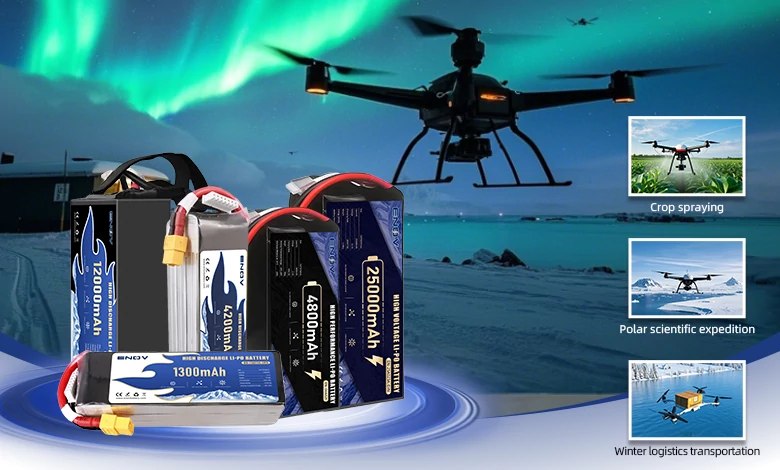
UAV DRONE battery
Enov UAV battery has the most advanced UAV battery new technology, it has a lightweight structural design, ultra-high energy density, stable continuous discharge, customized ultra-high instantaneous discharge, wide temperature working range, stable charge and discharge, battery materials can choose high nickel terpolymer positive/silicon carbon negative material system combined with semi-solid battery technology. Or choose a more mature application of more UAV lithium battery technology, available UAV battery nominal voltage 3.7V, capacity 18.0Ah ~ 30.0Ah, support 10C continuous discharge and 120C pulse discharge (3 seconds). With ultra-high energy density (220-300Wh/kg) as its core advantage, Enov UAV batteries can meet the needs of long-term endurance scenarios such as plant protection drones and transport drones, while maintaining stable emission performance in extremely low temperature environments (-40℃).
Other products
START-STOP LITHIUM BATTERY
LITHIUM ENERGY STORAGE BATTERY
QUICK INQUIRY
FAQ
Access to high frequency technical questions with one click, get accurate answers on product application, after-sales policy and customization process.
Service and Support
Get the latest product specifications, explore professional OEM/ODM customization services, click to open exclusive technical support and production solutions.
Become a Partner
We sincerely invite resources to interconnect, work together for win-win development, and immediately open a new chapter of strategic cooperation!
